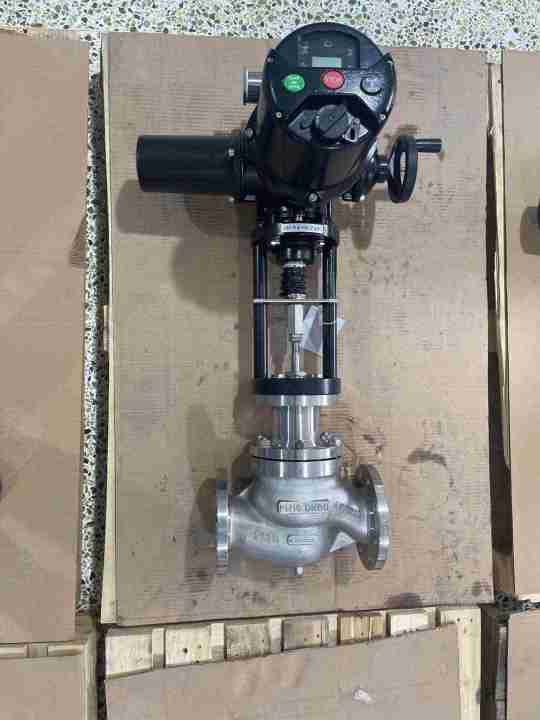understanding the electric two-seat regulating valve: key features, applications, and benefits
Release time:2025-07-19 05:14:03
The Electric Two-Seat Regulating Valve is a vital component in various industrial systems, especially where precise control of fluid flow is required. Known for its reliability, efficiency, and precise control capabilities, this type of valve plays a significant role in industries like chemical manufacturing, HVAC systems, and water treatment. In this article, we will explore the structure, functionality, and various applications of the Electric Two-Seat Regulating Valve, as well as its advantages.

Structure and Working Principle
An Electric Two-Seat Regulating Valve typically consists of three key components: the valve body, the actuator, and the valve trim. The design of this valve is unique in that it features two sealing surfaces or seats, which provide a secure shut-off when the valve is closed. These seats ensure that no fluid can pass through when the valve is fully closed, making it suitable for applications where leakage is not tolerable.
The valve operates using an electric actuator, which is responsible for adjusting the valve’s position in response to control signals. This actuator is powered by electricity and is designed to provide precise control over the opening and closing of the valve. A typical actuator may receive a 4-20mA signal from a process controller, which then drives the actuator to position the valve accordingly. This electronic control system enables automated adjustments to flow rates, pressures, or temperatures based on the process requirements.

